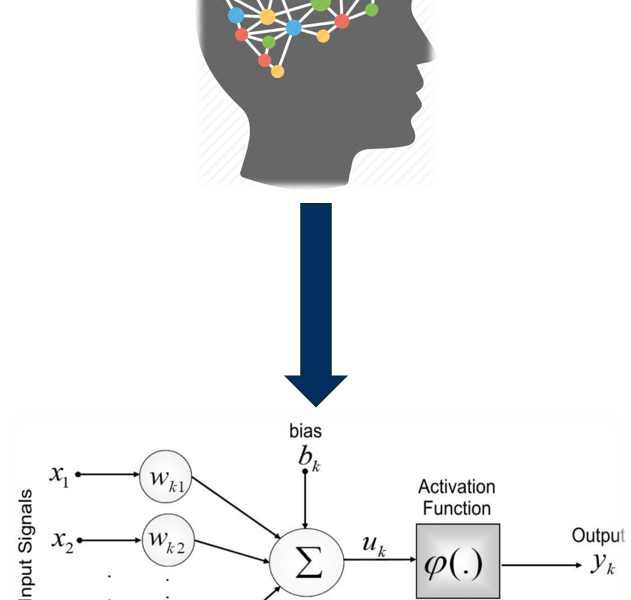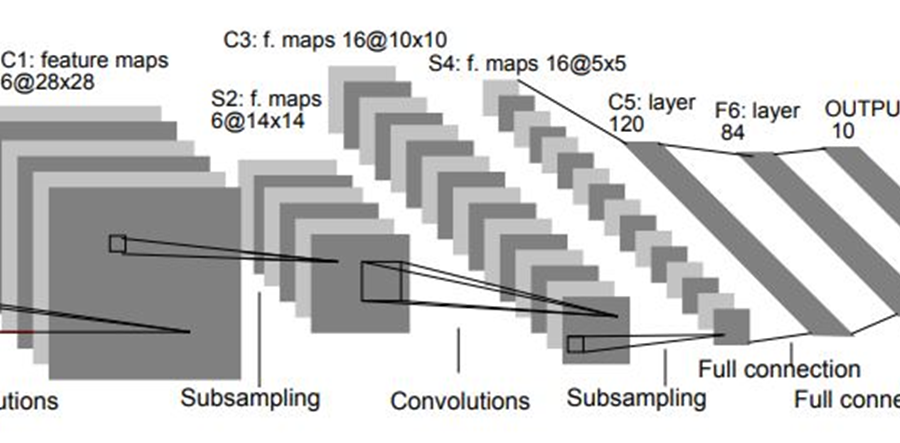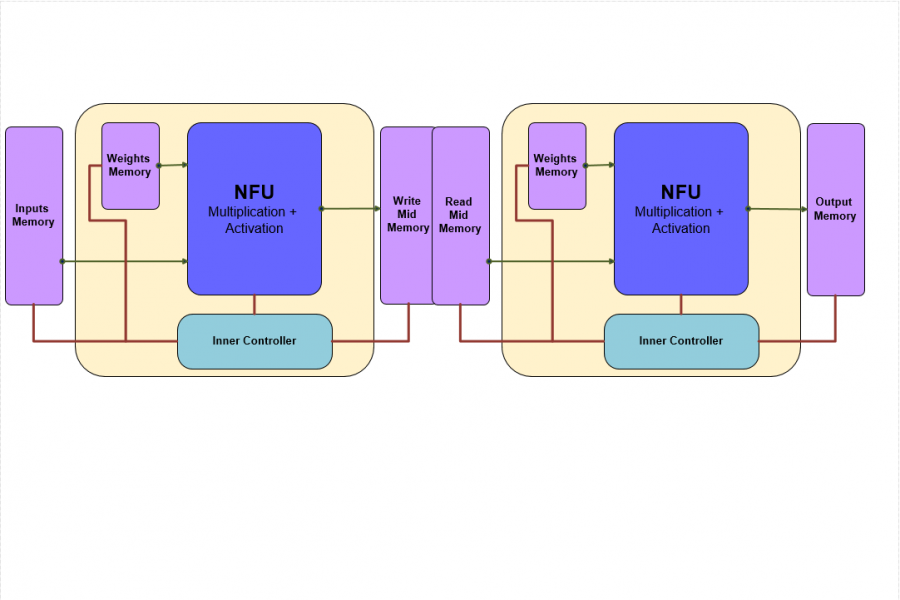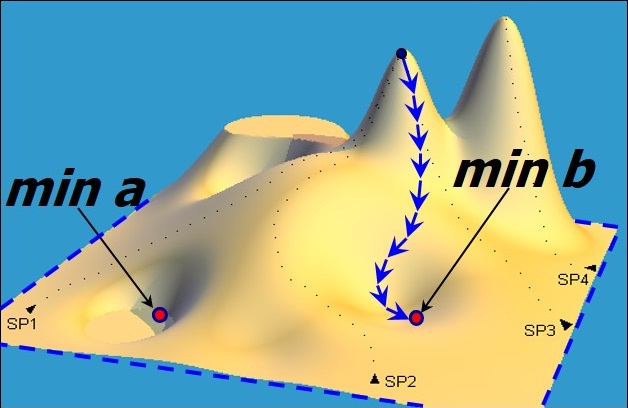
Research project about Xilinx's Vitis-AI framework. Xilinx developed a unique and special ecosystem with dedicated software and hardware for accelerating deep neural networks and artificial intelligence applications. Our goal was to evaluate and validate this platform for future use.







